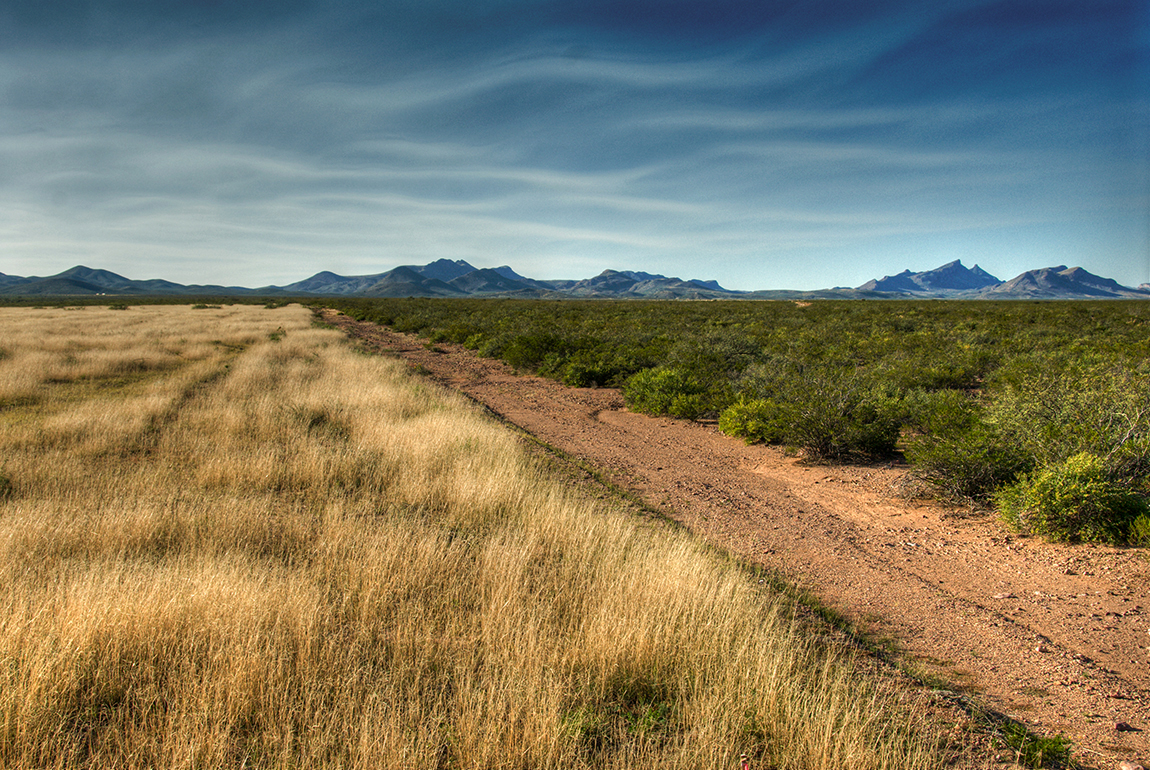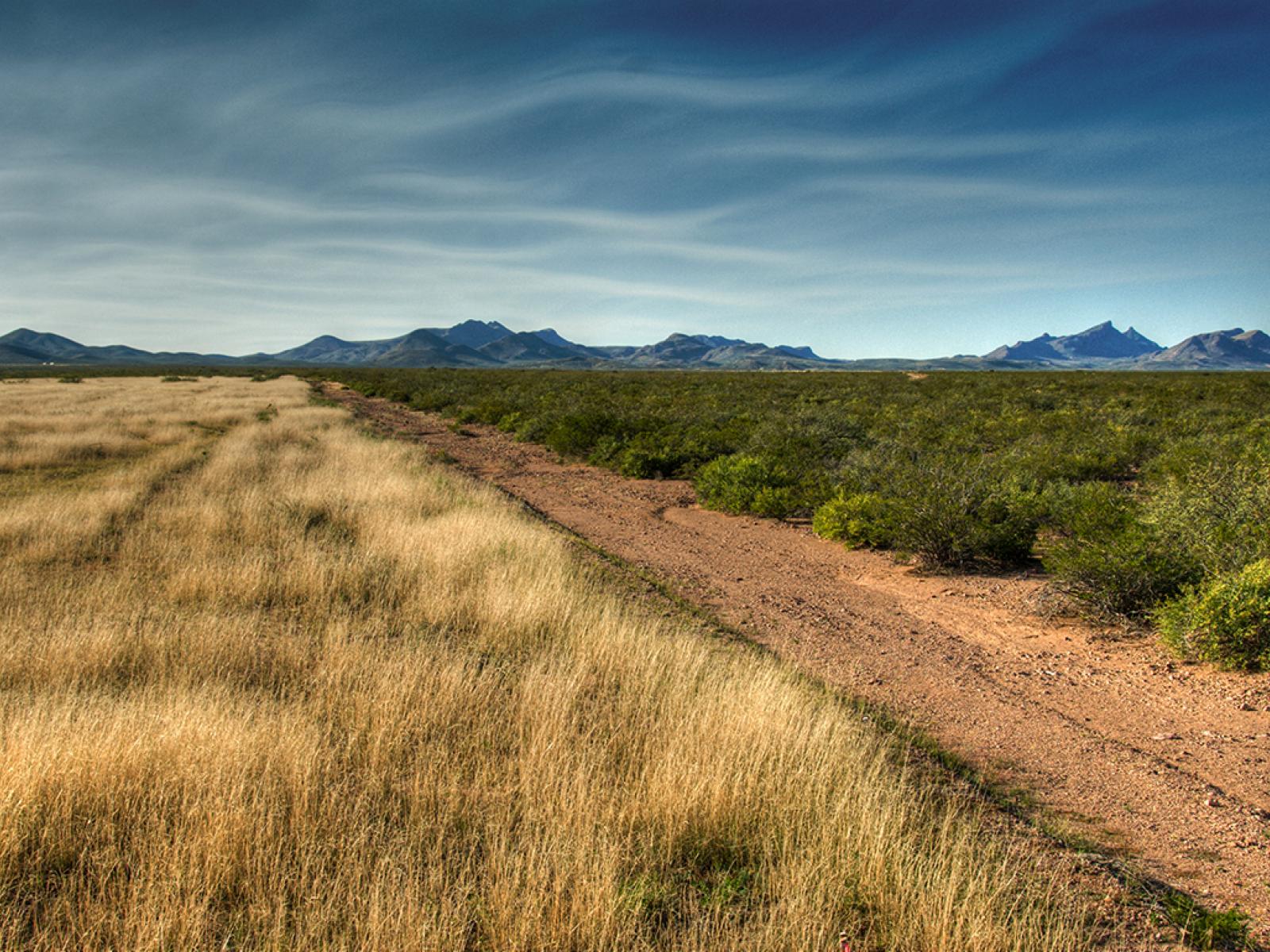An Overview Of Our Solution
- Population Impacted:
- Continent: North America
Organization type
Population impacted
Size of agricultural area
Production quantity
People employed
Describe your solution
Describe your implementation
External connections
What is the environmental or ecological challenge you are targeting with your solution?
Describe the context in which you are operating
We work in the northern borderland area of Mexico and our lands are adjacent to a national wildlife refuge in the US. We are 25 kilometers east of Agua Prieta (pop. 80,000) and the primary agricultural production in our area revolves around cattle. We work in an arid region that suffered from continuous drought from 2000-2014. We recognized early that climate change and variable local drought conditions were the biggest threat to our work, which has led to our emphasis on creating more water. Our project area (Sky Islands) has been recognized as a global biodiversity hotspot. We have increased the positive effects of the wildlife refuge by a factor of 17, and we manage for 20 different species found on our lands that are listed as either Threatened or Endangered. We have the greatest concentration of bee diversity (400 species) found anywhere on the planet, more than 400 species of birds, 100 species of mammals. 350 species of butterflies are associated with our primary wetland complex (Cienega San Bernardino), the greatest known concentration of butterfly diversity in North America.
How did you impact natural resource use and greenhouse gas emissions?
Language(s)
Social/Community
Water
Food Security/Nutrition
Economic/Sustainable Development
Climate
Sustainability
We rely on grant funding from private foundations and governmental funding processes. We also rely on market-based revenue and all profits generated by our agricultural programs, are put back into the larger project, which is focused on sustainability, ecosystem services, and biological diversity.
Return on investment
Entrant Banner Image

